In a world increasingly conscious of sustainability, few traditions combine beauty, functionality, and cultural heritage as gracefully as furoshiki. These square-shaped Japanese wrapping cloths once used to bundle garments in communal baths, have evolved into symbols of eco-conscious design with centuries of artistry.
Cultural and Artistic Significance
From its roots in the Edo period where it was used to wrap kosode garments in bathhouses, to its present-day revival as a chic alternative to disposable packaging, furoshiki embodies mottainai the Japanese spirit of minimizing waste and cherishing resources.
Traditional motifs like chrysanthemums on flowing water, fuwari sakura blossoms, or geometric sashiko stitches show seasonal change and harmony with nature. When tied as a scarf, gift wrap, or used as a tote bag, a furoshiki becomes a wearable art piece.

Craftsmanship
Some furoshiki are inspired by kimono silhouettes while others reinterpret vintage textile patterns adjusted for the modern era. The fusion of heritage and innovation makes each piece a unique work of art.
Furoshiki Product Varieties
There is no one-size-fits-all in the world of furoshiki.
- Small (approx. 17–20 inches / 45–50 cm): Ideal for wrapping bento boxes, bottles, or small gifts and accessories.
- Medium (approx. 27–31 inches / 70–80 cm): Perfect for handbags, lunch totes, or two-wine-bottle carriers.
- Large (approx. 39–43 inches / 100–110 cm): Best for backpacks, clothing wraps, shopping bags, or tapestry-style wall hangings.
Materials range from cotton to rayon and chirimen.
Practical Uses and Everyday Applications
With just a few folding techniques, furoshiki can transform into:
- An accessory bag for daily errands
- A wrap for gift giving Japanese pottery, eliminating the need for disposable paper
- A washable, foldable tote for groceries or market trips
- A cute bento box carrier for school lunches or picnics
- A soft, decorative table or wall tapestry
Beyond just aesthetics, furoshiki's compact nature makes it perfect for lightweight travel and endlessly adaptable.

Sustainability and Eco-Friendliness
In response to modern day sustainability challenges, furoshiki offers an alternative to single-use plastics or paper gift wrap. A single furoshiki cloth can serve a lifetime of uses. Reusable, biodegradable, and crafted with care a furoshiki is a worthwhile sustainable investment for the future.
Rediscover the Joy of Wrapping with Intention
At My Japanese World, we believe every object we use should add meaning to our lives. Furoshiki captures that philosophy perfectly.


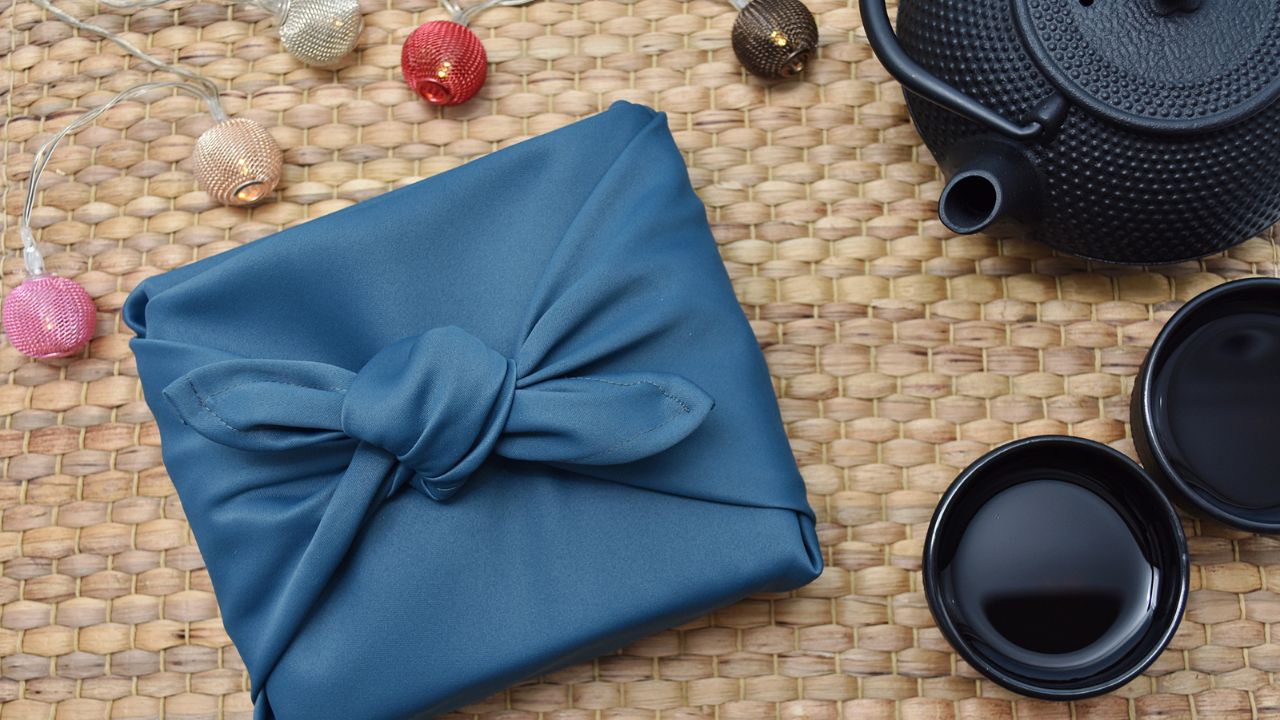
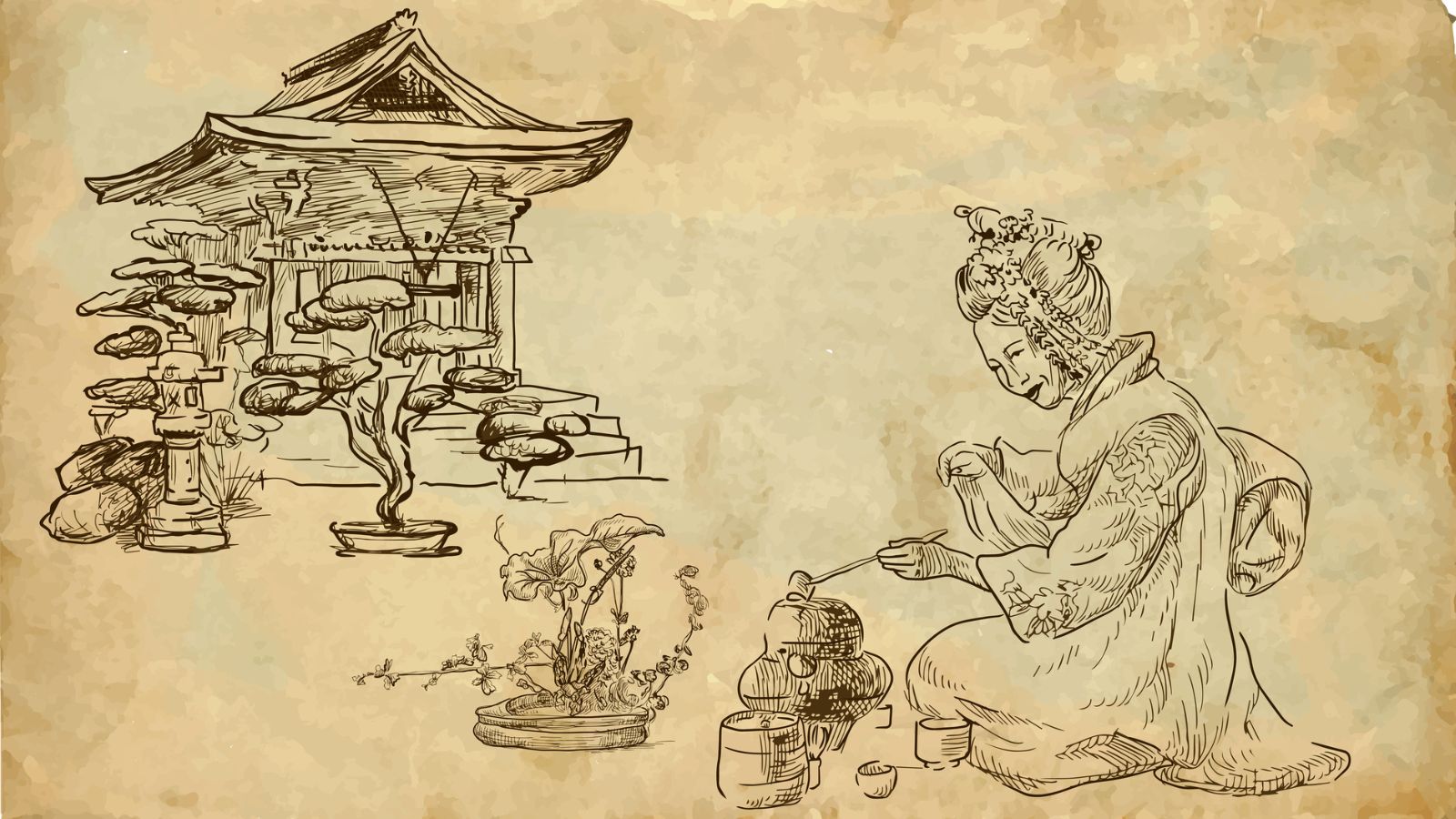
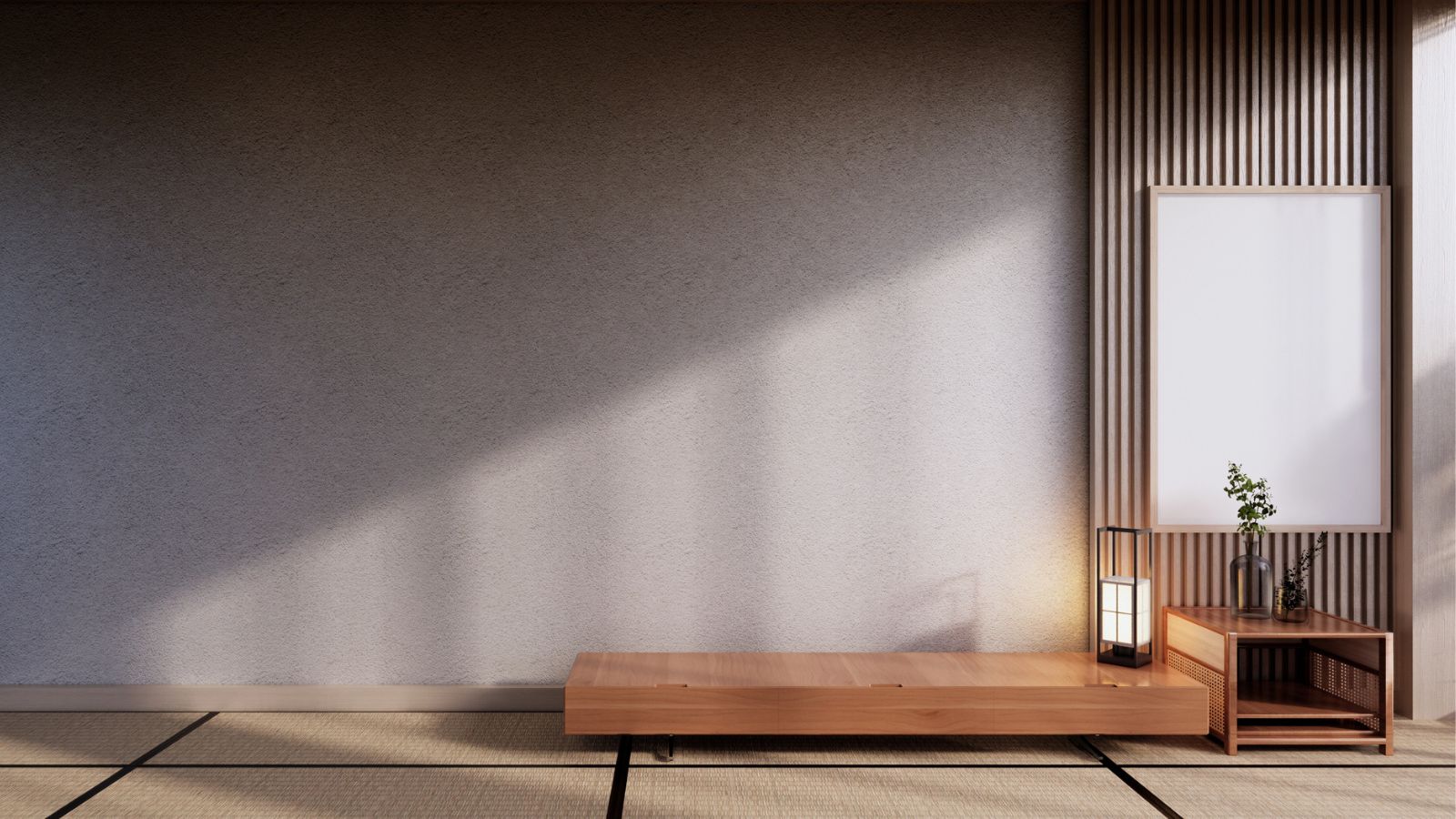

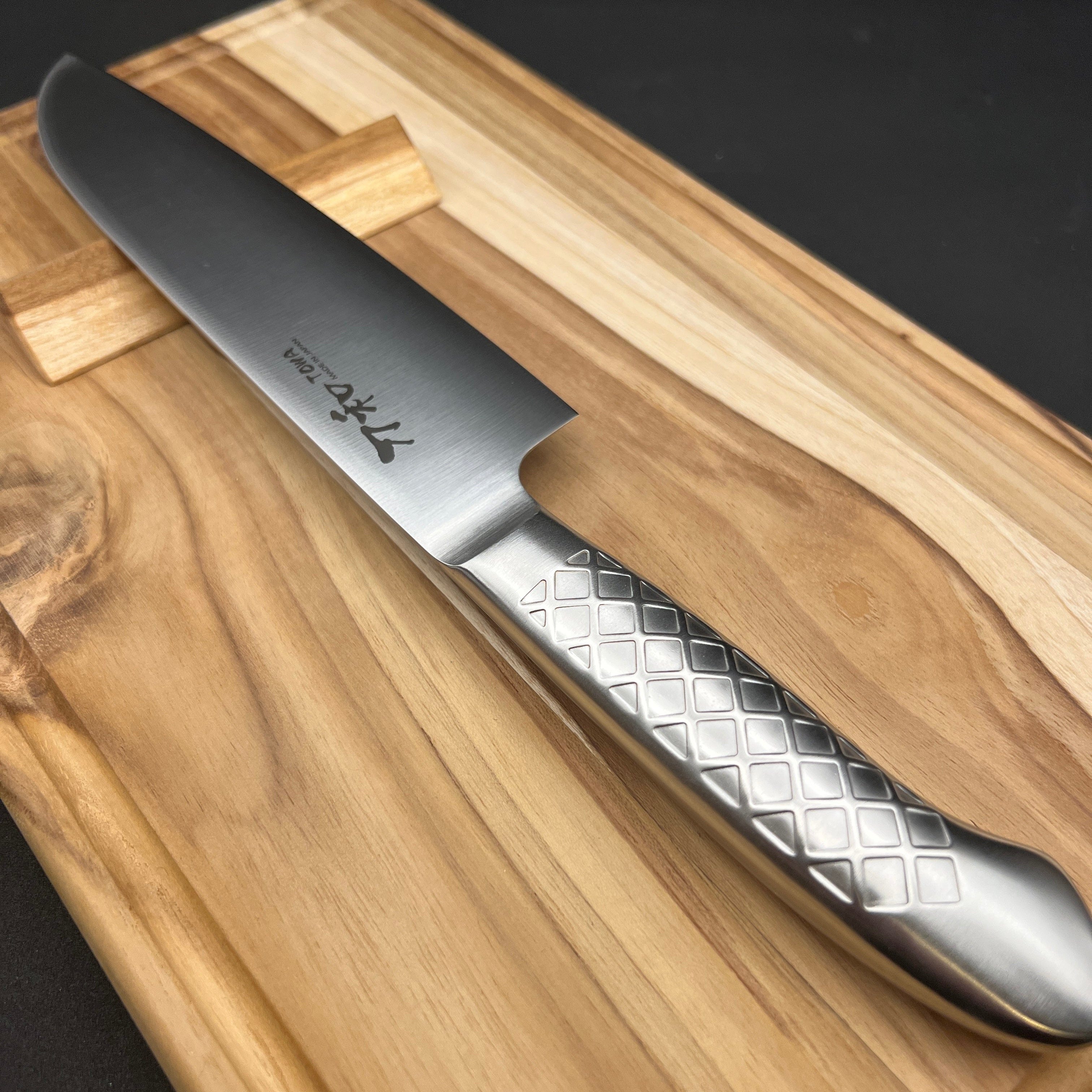
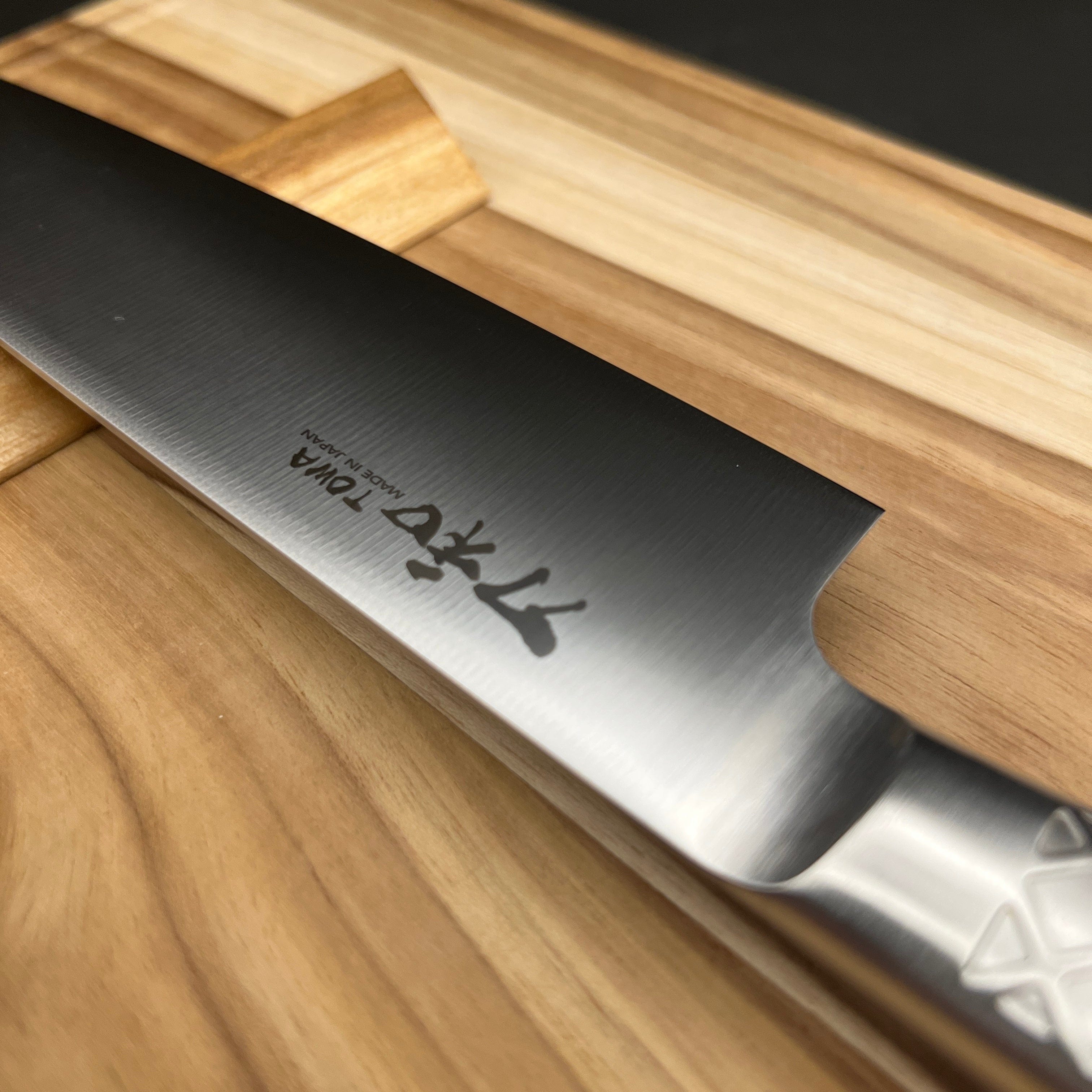
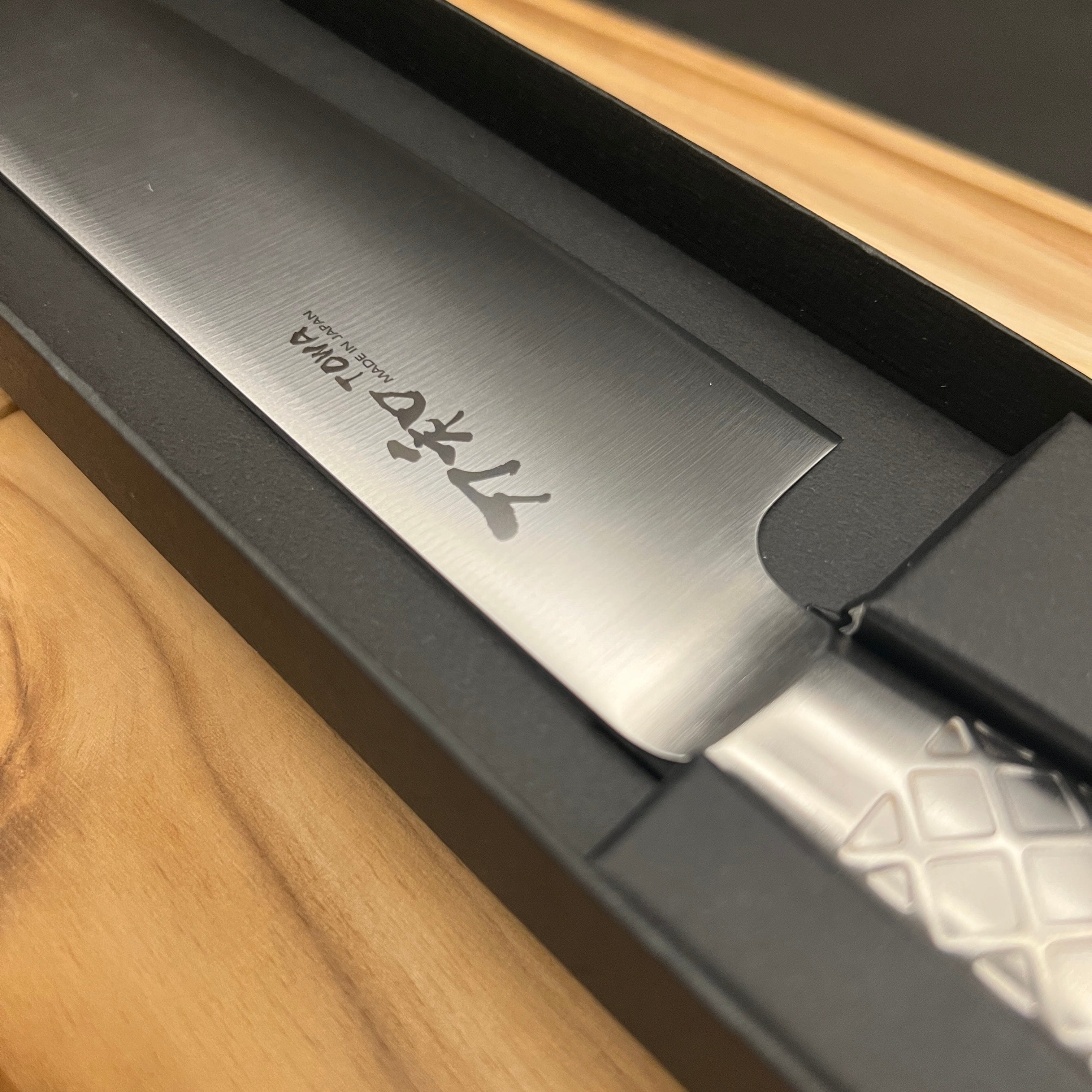
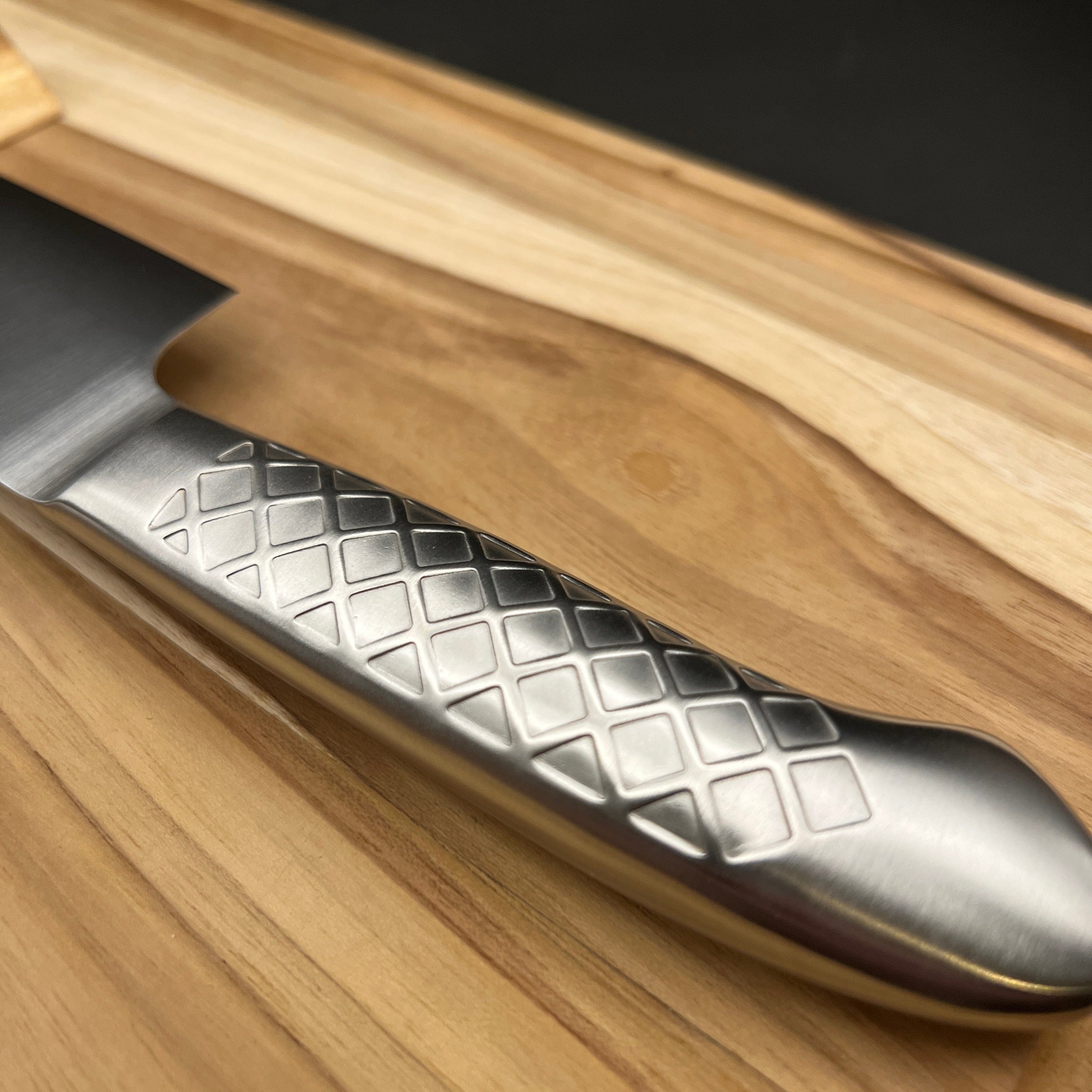
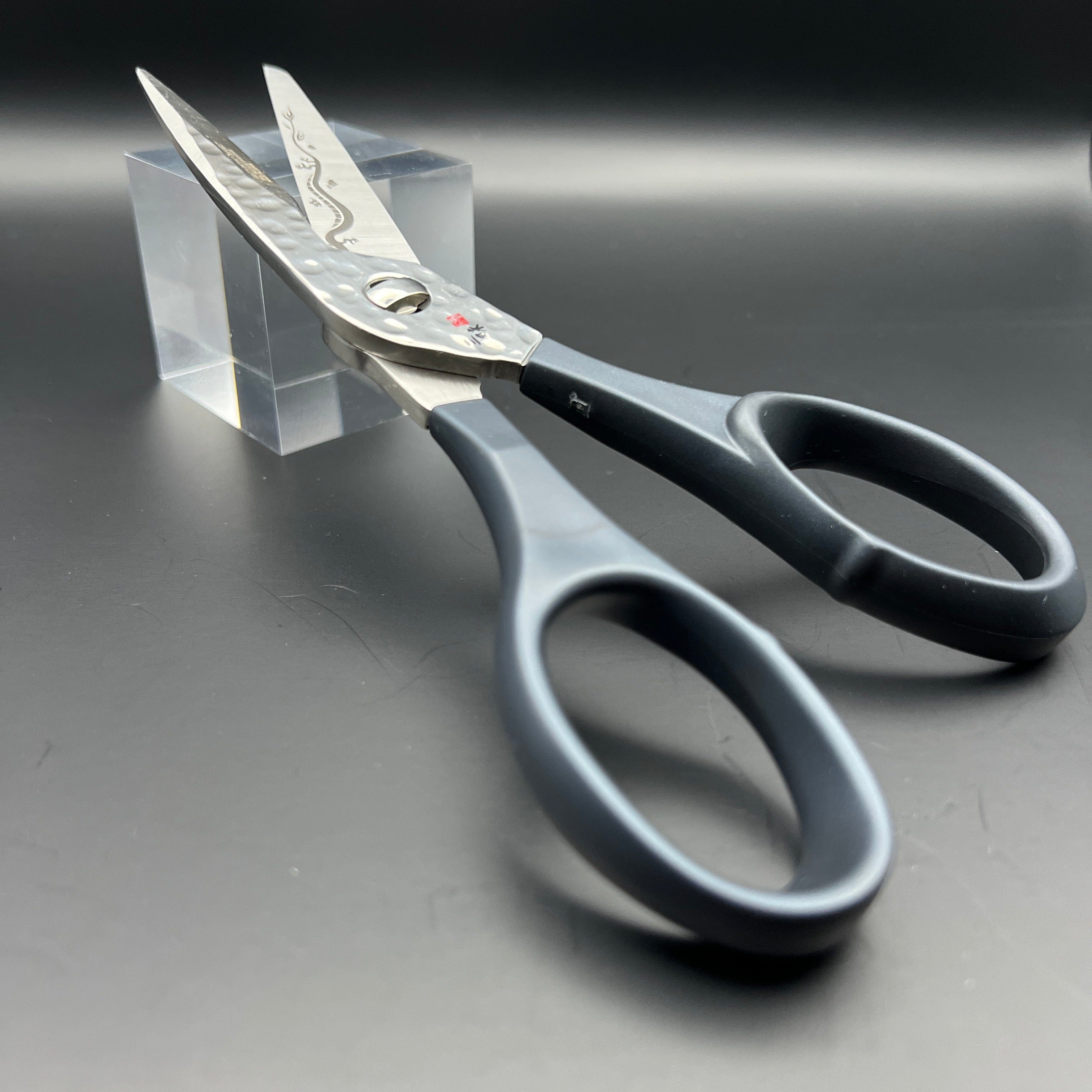
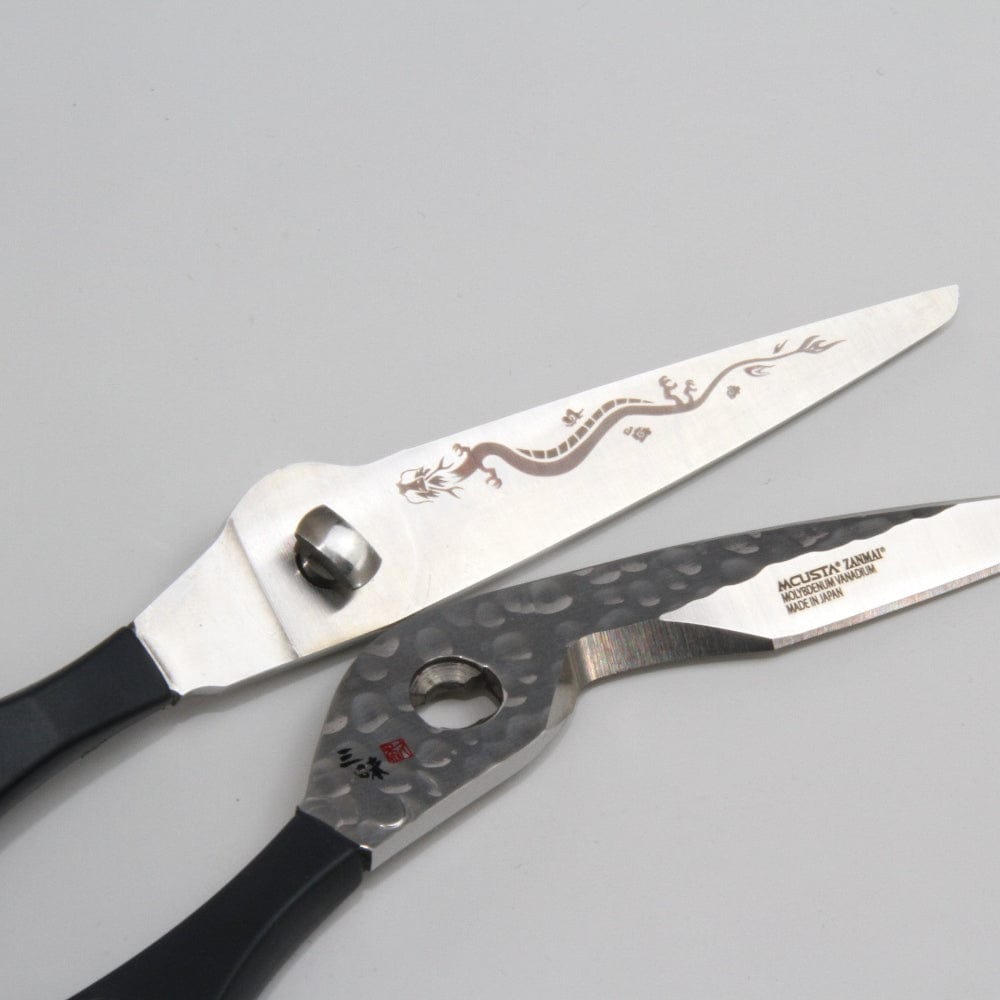
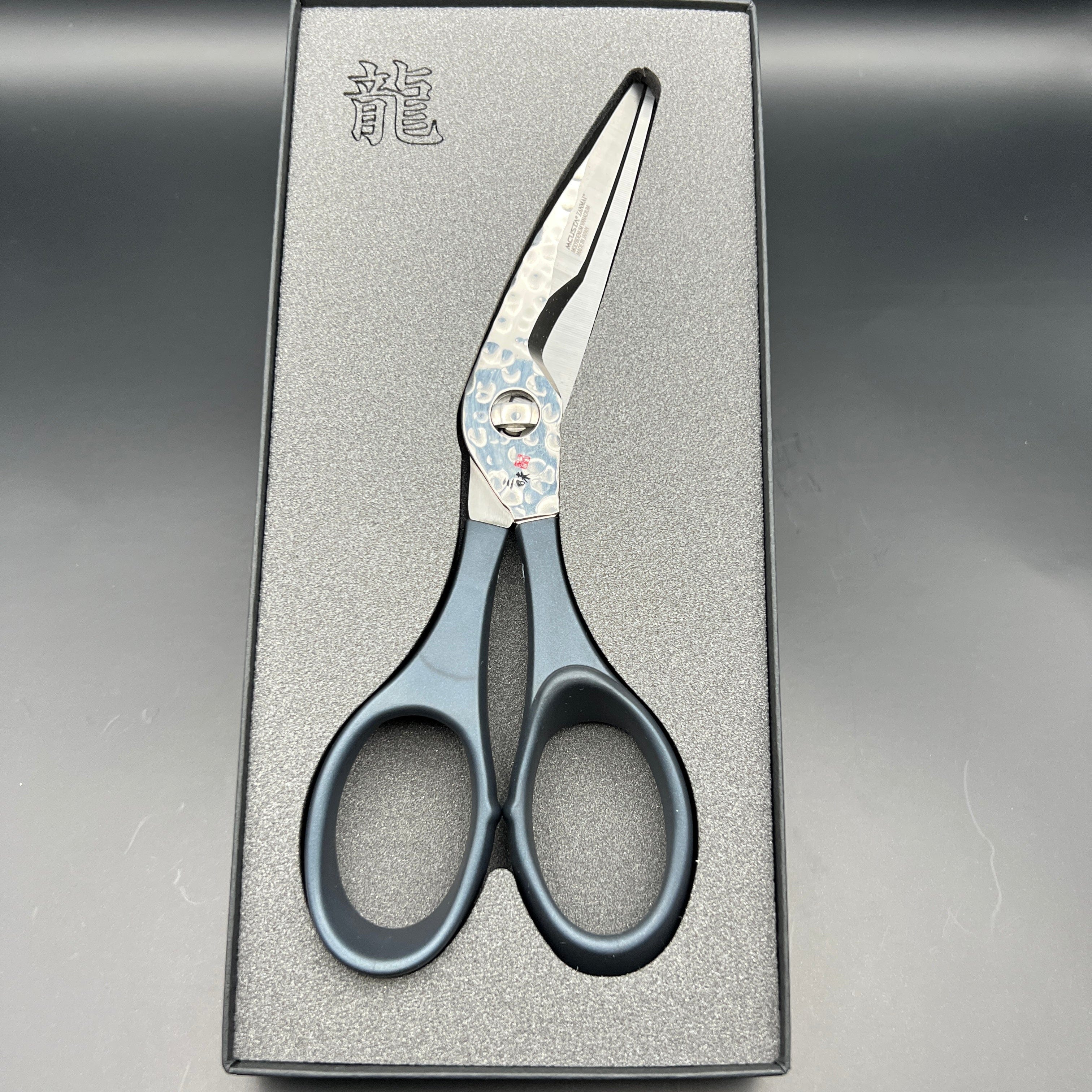
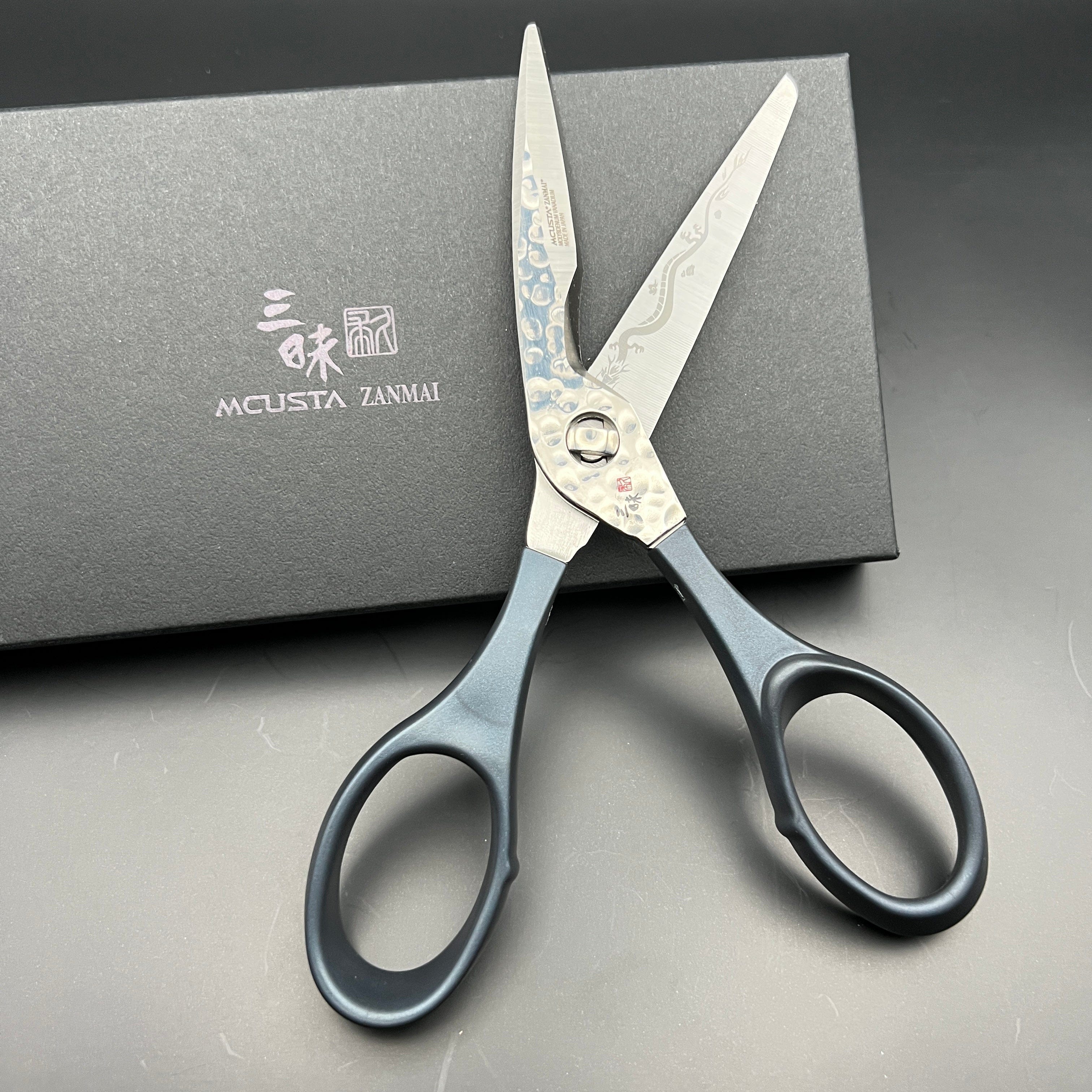
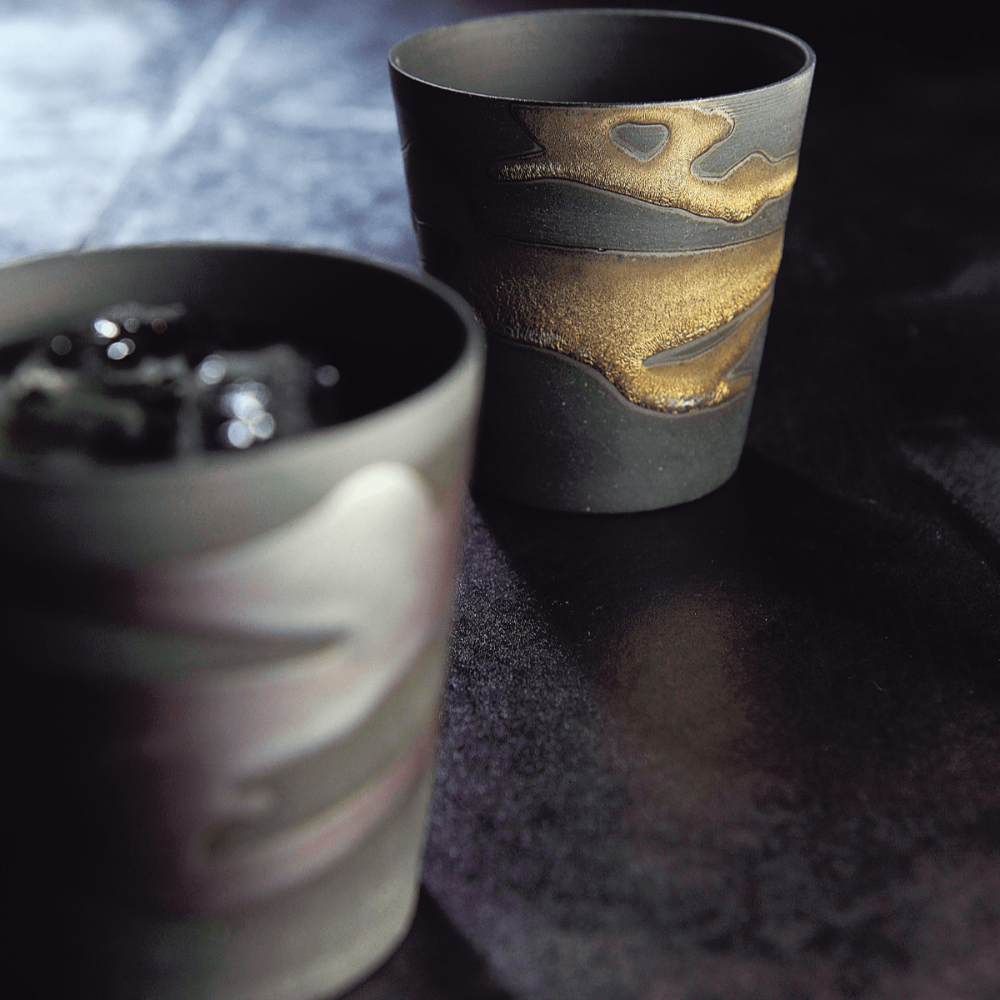
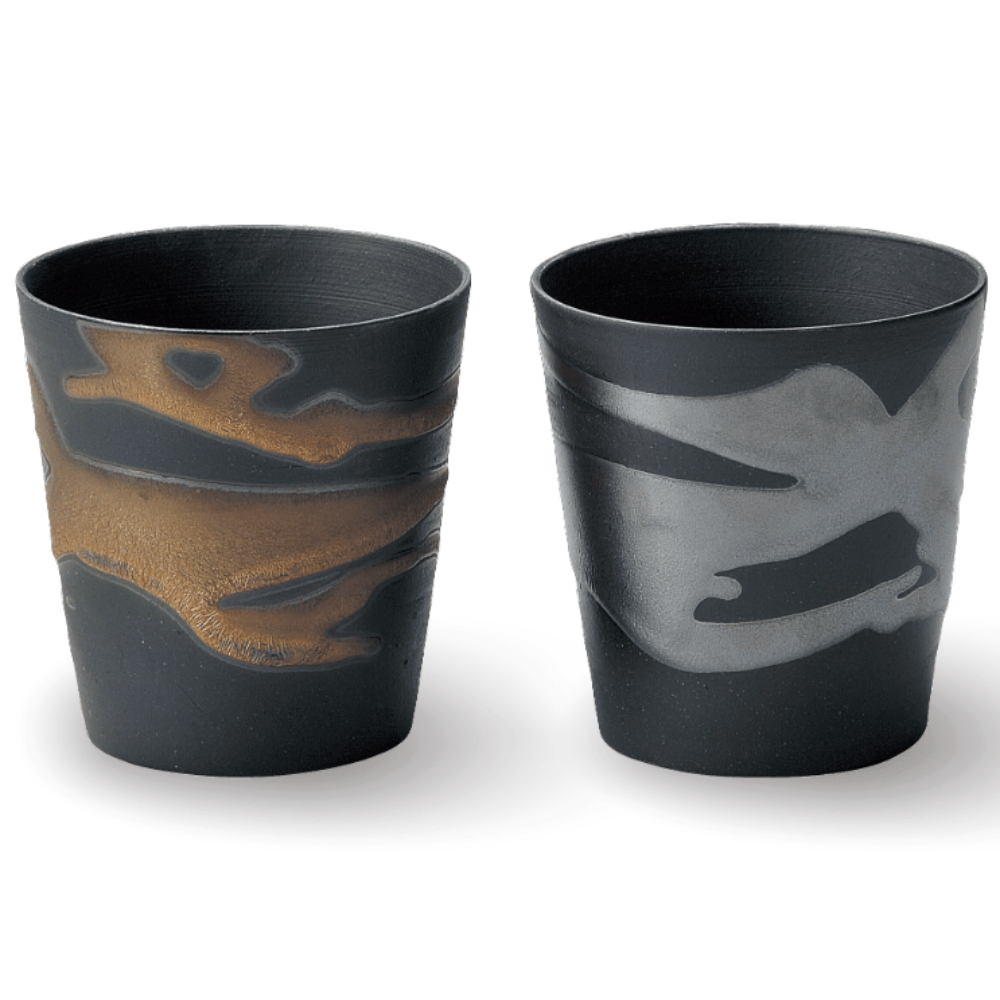
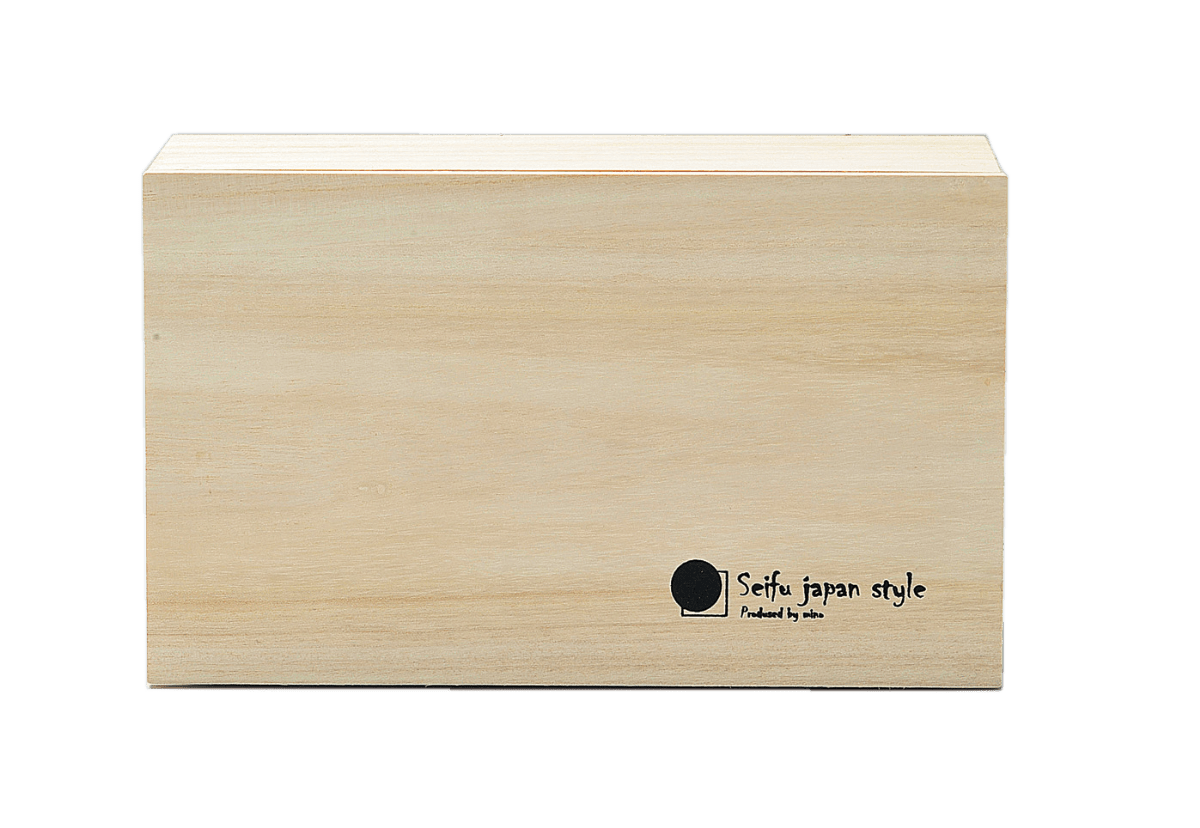
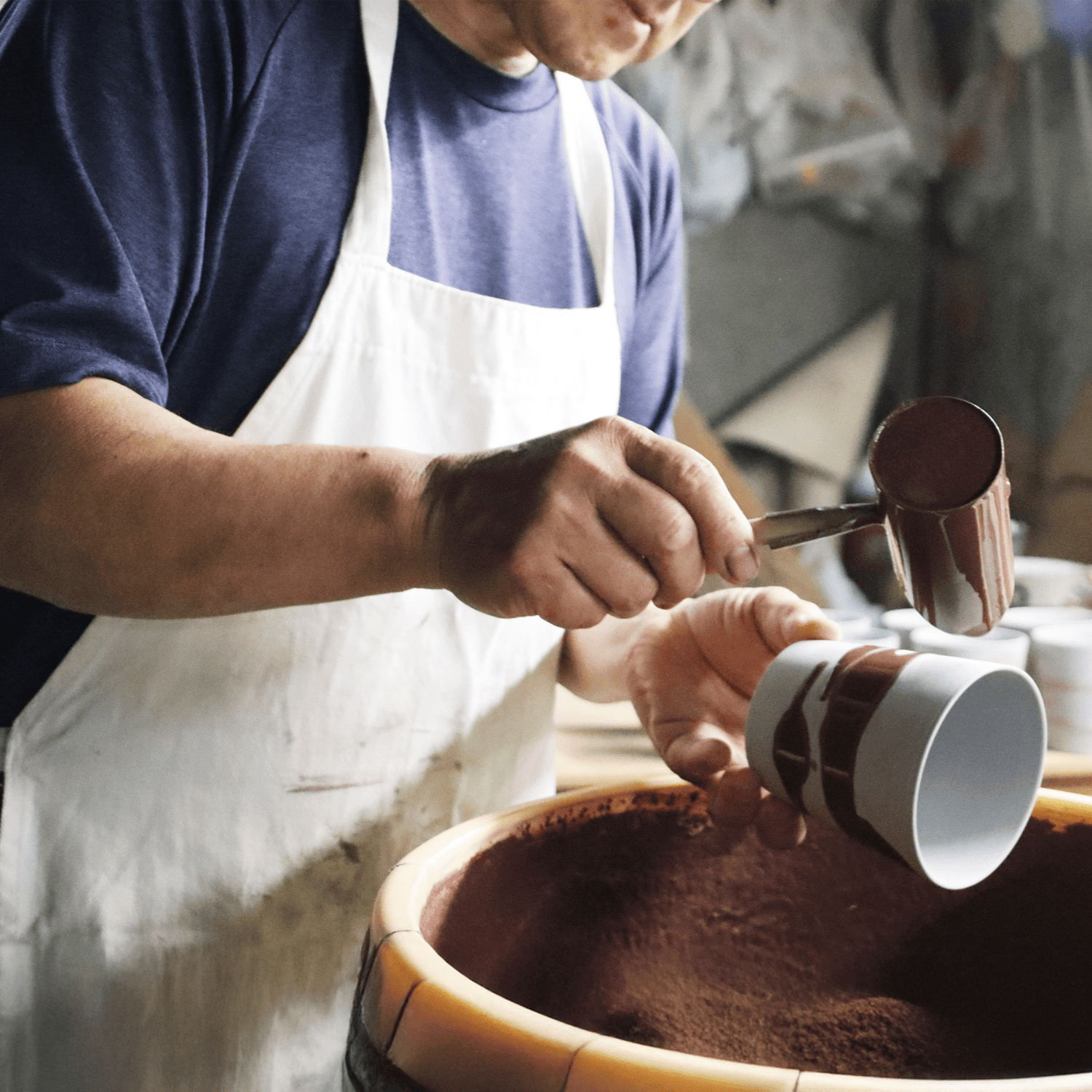
Share: